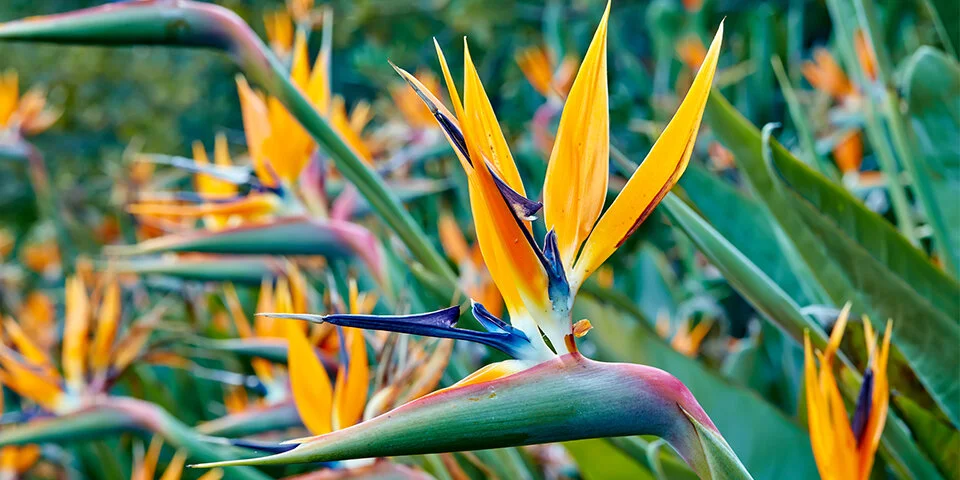Three photos, all taken with an iPhone 14 Pro Max, of plants happily growing at the Dawson home--(left to right), a Miltassia orchid, an intergeneric hybrid of Brassia and Miltonia; and two South African bulbs, a Geissorhiza inaequalis; and Moraea macronyx.
I bought my first digital camera in 2000. It revolutionized my experience with flower photography and I wrote an enthusiastic series of articles on the subject for The Spindrifter in 2002-3. As cameras and the supporting software steadily improved, I produced an updated series of articles in 2007, and wrote a further update on the subject of focus stacking in 2019. Five years later I have given up using my expensive photographic equipment for closeup flower photography. My iPhone produces photos just as good and sometimes better than those I obtained with much greater labour with my latest camera equipment. It’s now fairly easy even for a beginner to get an excellent photo of his favourite garden bloom, but there are still some tricks that may help to improve the results. I’ll share a few of these with you.
I’ve been an Apple fanboy ever since I bought my original Apple II computer in 1980. I was a bit slow buying an iPhone, my first being the fourth generation, and initially I wasn’t much impressed with the camera. Advances in photography were bumping against the laws of physics by the end of the last century, and the improvements of the last two decades are almost all due to better chips and software.This is why computer giants like Google and Apple have stolen the lunch of companies like Canon and Nikon, and it’s why the latest iteration of the iPhone, with its tiny lens and sensor, is able to match the performance of a bulky and expensive digital SLR camera.The small lens gives the cellphone camera one formidable advantage for closeup flower photography because of its inherently greater depth of field, bringing more parts of the subject into acceptable focus, even without the software tricks used to overcome the deficiencies of the optics imposed by the camera’s small size.
My experience with cellphone photography is entirely with the iPhone and I know there are enthusiasts who consider the offerings from companies like Samsung and Google as good or better. I’m sure that you can get excellent results from any recent vintage high-end phone. As they say, “The best camera is the one you have with you," and having a phone in your pocket means that you will take advantage of many ‘photo-ops’ that you would otherwise miss in situations where you don’t want to be lugging around a real camera. This applies as much when you are visiting a garden as at family gatherings. It applies especially in closeup photography where a tripod would be essential with traditional equipment.
So, in what situations is a cellphone inferior to conventional photographic equipment? Well, it obviously can’t match the telephoto capabilities of a 300mm or greater lens, so it’s not the camera for a birdwatcher. It can’t achieve the depth of field that is possible with focus stacking when you’re doing real macrophotography with small flowers. The aggressive processing done by the phone’s software may distort the colours of your flower, though I have rarely found this to be a problem with the latest versions of the iPhone. You can always record a RAW image, an option available in recent versions of the popular cellphone cameras.
Cellphone cameras include ‘apps’ to edit your photos, including third party software capable of doing quite advanced work. I can’t imagine why any serious photographer would want to do editing on the tiny screen of his phone. I immediately transfer my shots to the computer so that I can do the work on a full-sized monitor. There’s almost no photo that can't benefit from a bit of cropping and straightening, and I usually add some adjustment of highlights and shadows and some blemish removal, mostly in the background.
In the next couple of articles I’ll go into more detail, explaining why cellphones are so rapidly making conventional cameras obsolete, and offering tips on how to improve the closeup flower photos taken with your phone.

